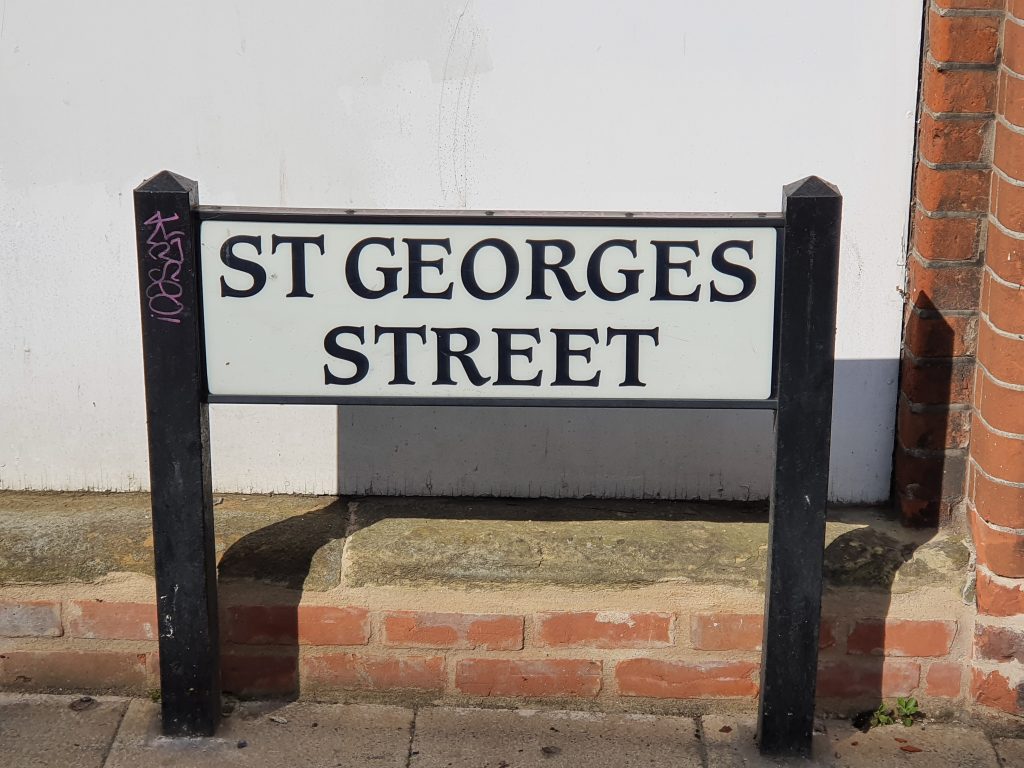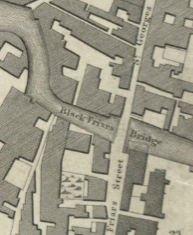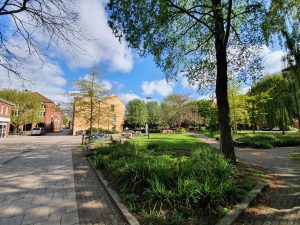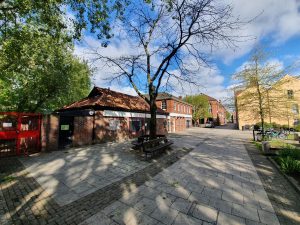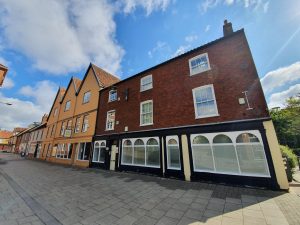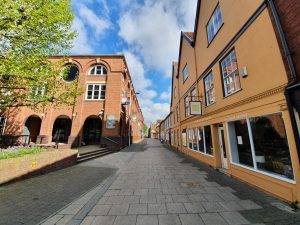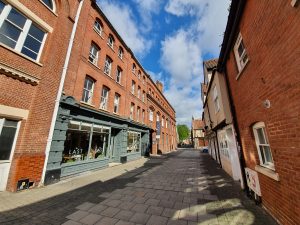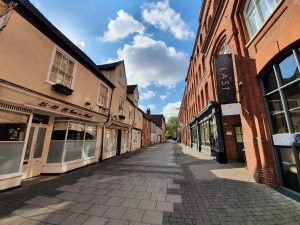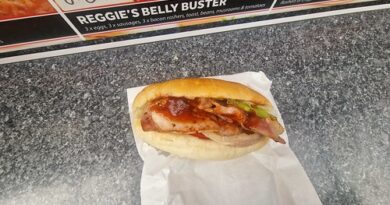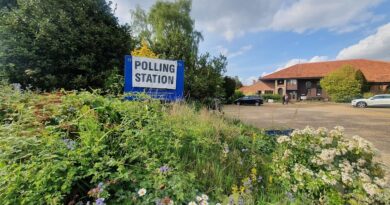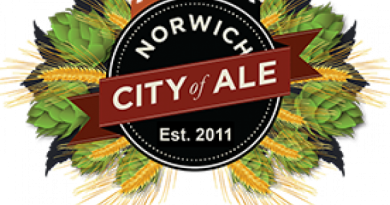Streets of Norwich – St. George’s Street (Colegate to Blackfriars Bridge)
Part of my Streets of Norwich project….
St. George’s Street is a little complex as chunks of it have been renamed over the centuries and the route at the north has changed. And, it once wasn’t called St. George’s Street, it was instead known as Gildengate and it runs along the line of a Viking defensive ditch and bank which was constructed in around 900.
As it’s such a long street, this post is just the section between Colegate and Blackfriars Bridge. Moderately surprisingly for such an historic street, there’s only one listed building in this section of road, suggesting how much the buildings have been mauled about and demolished over the last couple of centuries. This section of the street was probably more often known as Bridge Street in the nineteenth century, rather than St. George’s Street.
This was historically a built-up area of the street, but is now St. George’s Green. Near to the river, the Blackfriars Tavern was a pub which traded between the mid-eighteenth century until its final closure in 1911. It was also known as the Cellar House and the Friars Tavern, and probably overlooked the river.
Norwich Playhouse, which is housed in what was built as a nineteenth century maltings building, which became a theatre in 1995. This former building is set back a little, with the roadside section once taken by the Crown public house, which closed in 1928.
A former shop, now used as offices. Somewhere behind these buildings there was a pub known as the Cork Cutters Arms, which was a licensed premises between around the early 1860s until 1898.
Cafe Pure on the right-hand side.
The Last Wine Bar on the left. Somewhere on the left-hand side of the photo was the Two Quarts pub, which traded between the 1760s and was closed down in 1907. It sounds like a pub of some considerable character and it had rooms to rent.
The building to the left, numbers 25, 27 and 29, are the only listed properties on this section of the street. They date to the sixteenth century, which were added to in the eighteenth and nineteenth centuries, although the shopfronts are from the nineteenth and twentieth centuries. The frontages of the buildings have been heavily restored, the photos George Plunkett took in the 1930s show much more character. Although the buildings would have probably fallen down if they weren’t restored…. Number 25 was a cafe for quite a period, run by Alfred and Emily Aldridge in the late 1930s and all of 25-29 is now By Appointment, which I think was a cafe and is now a hotel.

